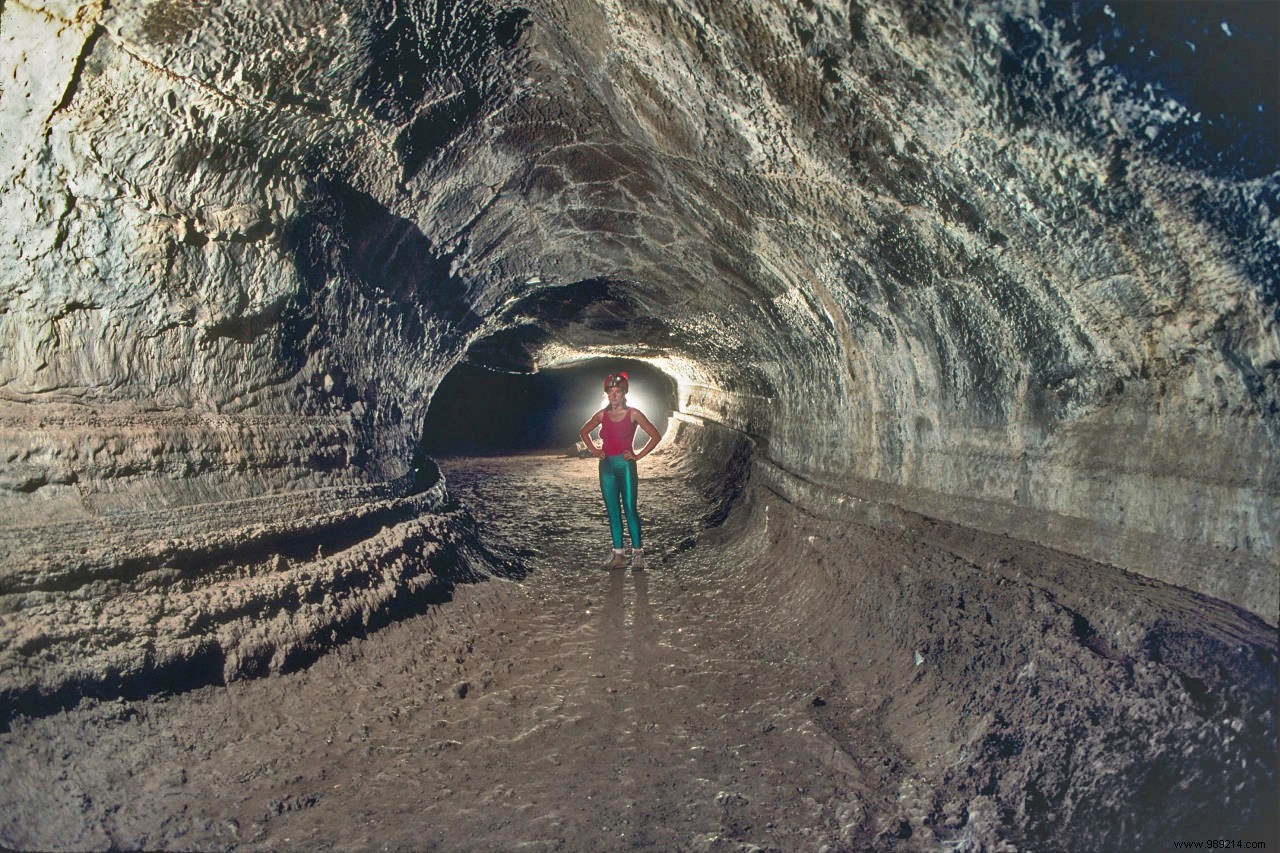In a presentation held a few days ago, NASA researchers presented their "Mars Dogs", "robot-dogs" specially developed for evolve over rough terrain. Researchers plan to "train" them on Earth so they can one day deploy them to the Red Planet.
Traditional rovers have given us incredible discoveries, whether on the Moon or on Mars. These sensor-packed machines nevertheless have a small defect:they can move only on relatively flat and slightly uneven surfaces . In other words, hard-to-reach "extraterrestrial" regions are currently inaccessible to us. This is a problem in that some of these environments could be very interesting scientifically.
This is also an issue for future Mars exploration. Indeed, it did not escape you:the red planet is not as welcoming as the Earth. It is very cold, very dry and the atmosphere is mostly composed of carbon dioxide (96%). Mars having been stripped of its magnetic field billions of years ago, it is also bathed in solar radiation and other cosmic rays that can "break" our DNA, leading to the formation of cancers and genetic malformations. In short, living on Mars will be very, very difficult for us.
Also, NASA has been exploring for several years the possibility of settling inside gigantic lava tubes . And for good reason, their thick roofs provide natural protection against cosmic radiation, meteorite impacts and temperature fluctuations. Once sealed, these underground channels could also be pressurized to create a breathable environment.
However, before you "pitch the tent", you still need to know what's really inside. This is why it will be necessary to explore these environments upstream.

These robots have been developed for several years by Boston Dynamics. Equipped with sensors, a stabilization system, 360° vision and an articulated arm, they can be used for several purposes.
The Massachusetts State Police (USA), for example, relied on one of them as a mobile device for remote observation. Aker BP, an oil company based in Norway, has also hired one to monitor their rig infrastructure. These robots can also be used in many other areas, particularly in agriculture. So why not send them to Mars?

Besides being able to cover more of land than their four-wheeled counterparts, NASA's "Mars Dogs" also have the advantage of being much lighter and faster , reaching normal walking speeds of 5 km/h . To put that into perspective, the Curiosity rover, on Mars since 2012, is only moving at 0.14 km/h on average.
"These behaviors could one day enable groundbreaking science missions to take place on the Martian surface and subsurface, pushing the limits of the ability of NASA to explore traditionally inaccessible sites “, writes the agency.
Some sixty scientists and engineers have been working together for several months to test these robots, equipping them with sensors and software so that they can scan, navigate and map in their environment safely and independently. For now, nothing is set in stone, but maybe we will be able to see them at work soon on Mars, say, in the 2030s?